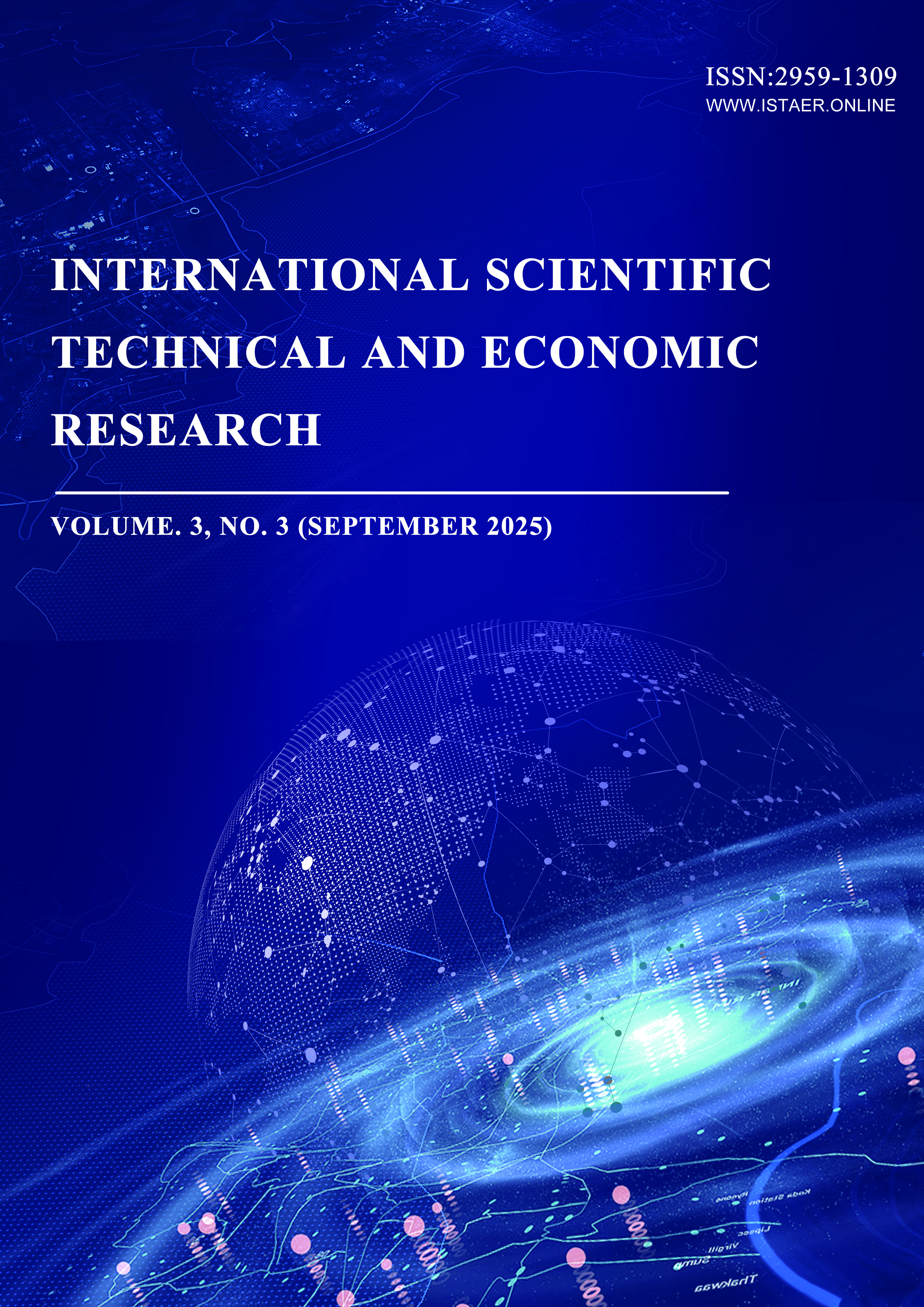Research on the Design of Intelligent Voice Interaction System Based on Affective Computing
DOI:
https://doi.org/10.71451/ISTAER2535Keywords:
Affective computing; Intelligent voice interaction; Emotion recognition; Speech synthesis; User experience; Human-computer interactionAbstract
With the rapid development of intelligent voice technology, traditional voice interaction systems have gradually been unable to meet users' needs for emotional interaction. To improve the naturalness and humanity of human-computer interaction, this study proposed and designed an intelligent voice interaction system based on emotional computing. The system accurately analyzes the user's emotional state through emotion recognition technology and combines speech synthesis technology to generate voice feedback that meets the user's emotional needs. The study first discussed the relevant technologies of emotion computing and voice interaction in detail, designed the system architecture, and implemented emotion recognition and speech generation algorithms. Through experimental evaluation and user feedback analysis, the superiority of the system in emotion recognition accuracy, voice interaction effect, and user experience were verified. Compared with traditional voice interaction systems, the system of this study significantly improved the user's emotional resonance and interaction satisfaction, reflecting the practical application value of emotion computing in voice interaction. Finally, the study discussed the limitations and future development directions of the system and proposed the possibilities and challenges for the further development of emotion computing and voice interaction.
References
[1] Huang, K. L., Duan, S. F., & Lyu, X. (2021). Affective Voice Interaction and Artificial Intelligence: A research study on the acoustic features of gender and the emotional states of the PAD model. Frontiers in Psychology, 12, 664925. DOI: https://doi.org/10.3389/fpsyg.2021.664925
[2] Pei, G., Li, H., Lu, Y., Wang, Y., Hua, S., & Li, T. (2024). Affective computing: Recent advances, challenges, and future trends. Intelligent Computing, 3, 0076. DOI: https://doi.org/10.34133/icomputing.0076
[3] Alnuaim, A. A., Zakariah, M., Shukla, P. K., Alhadlaq, A., Hatamleh, W. A., Tarazi, H., ... & Ratna, R. (2022). Human‐computer interaction for recognizing speech emotions using multilayer perceptron classifier. Journal of Healthcare Engineering, 2022(1), 6005446. DOI: https://doi.org/10.1155/2022/6005446
[4] Gervasi, R., Barravecchia, F., Mastrogiacomo, L., & Franceschini, F. (2023). Applications of affective computing in human-robot interaction: State-of-art and challenges for manufacturing. Proceedings of the Institution of Mechanical Engineers, Part B: Journal of Engineering Manufacture, 237(6-7), 815-832. DOI: https://doi.org/10.1177/09544054221121888
[5] Lv, Z., Poiesi, F., Dong, Q., Lloret, J., & Song, H. (2022). Deep learning for intelligent human–computer interaction. Applied Sciences, 12(22), 11457. DOI: https://doi.org/10.3390/app122211457
[6] Alnuaim, A. A., Zakariah, M., Alhadlaq, A., Shashidhar, C., Hatamleh, W. A., Tarazi, H., ... & Ratna, R. (2022). Human‐computer interaction with detection of speaker emotions using convolution neural networks. Computational Intelligence and Neuroscience, 2022(1), 7463091. DOI: https://doi.org/10.1155/2022/7463091
[7] Li, W., Wu, L., Wang, C., Xue, J., Hu, W., Li, S., ... & Cao, D. (2022). Intelligent cockpit for intelligent vehicle in metaverse: A case study of empathetic auditory regulation of human emotion. IEEE Transactions on Systems, Man, and Cybernetics: Systems, 53(4), 2173-2187. DOI: https://doi.org/10.1109/TSMC.2022.3229021
[8] Alsabhan, W. (2023). Human–computer interaction with a real-time speech emotion recognition with ensembling techniques 1D convolution neural network and attention. Sensors, 23(3), 1386. DOI: https://doi.org/10.3390/s23031386
[9] Šumak, B., Brdnik, S., & Pušnik, M. (2021). Sensors and artificial intelligence methods and algorithms for human–computer intelligent interaction: A systematic mapping study. Sensors, 22(1), 20. DOI: https://doi.org/10.3390/s22010020
[10] Mejbri, N., Essalmi, F., Jemni, M., & Alyoubi, B. A. (2022). Trends in the use of affective computing in e-learning environments. Education and Information Technologies, 27(3), 3867-3889. DOI: https://doi.org/10.1007/s10639-021-10769-9
[11] Kumar, S., Haq, M. A., Jain, A., Jason, C. A., Moparthi, N. R., Mittal, N., & Alzamil, Z. S. (2023). Multilayer Neural Network Based Speech Emotion Recognition for Smart Assistance. Computers, Materials & Continua, 75(1). DOI: https://doi.org/10.32604/cmc.2023.028631
Downloads
Published
Issue
Section
License
Copyright (c) 2025 International Scientific Technical and Economic Research

This work is licensed under a Creative Commons Attribution-NonCommercial-NoDerivatives 4.0 International License.
This work is licensed under the Creative Commons Attribution International License (CC BY 4.0).




